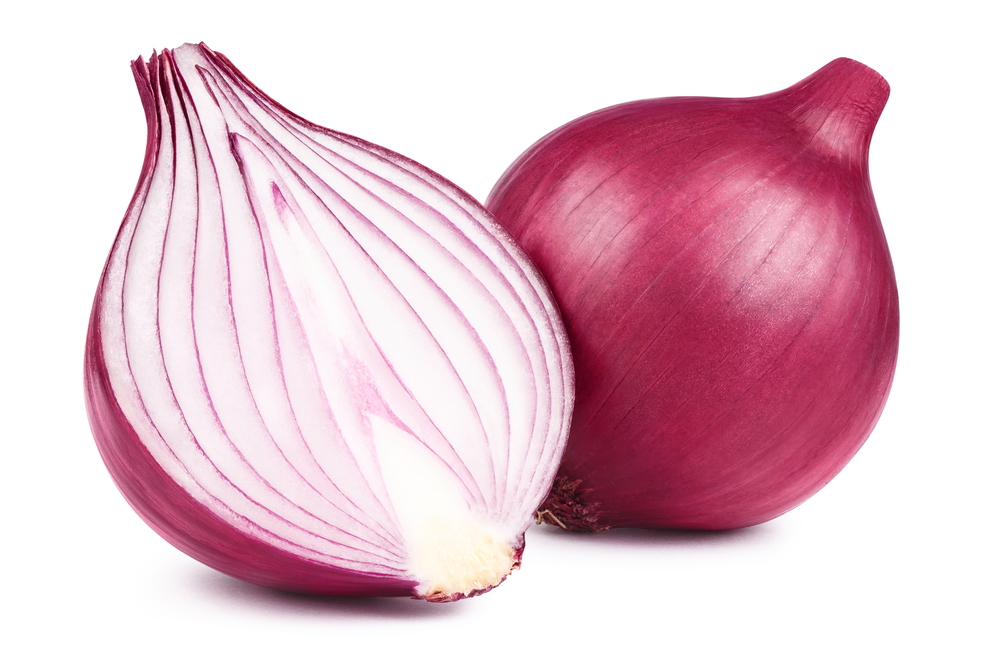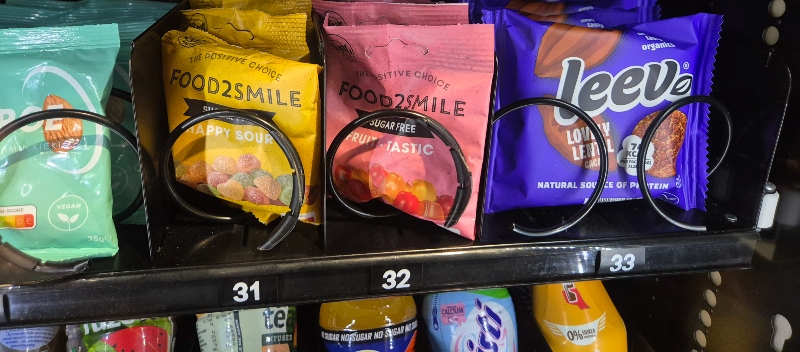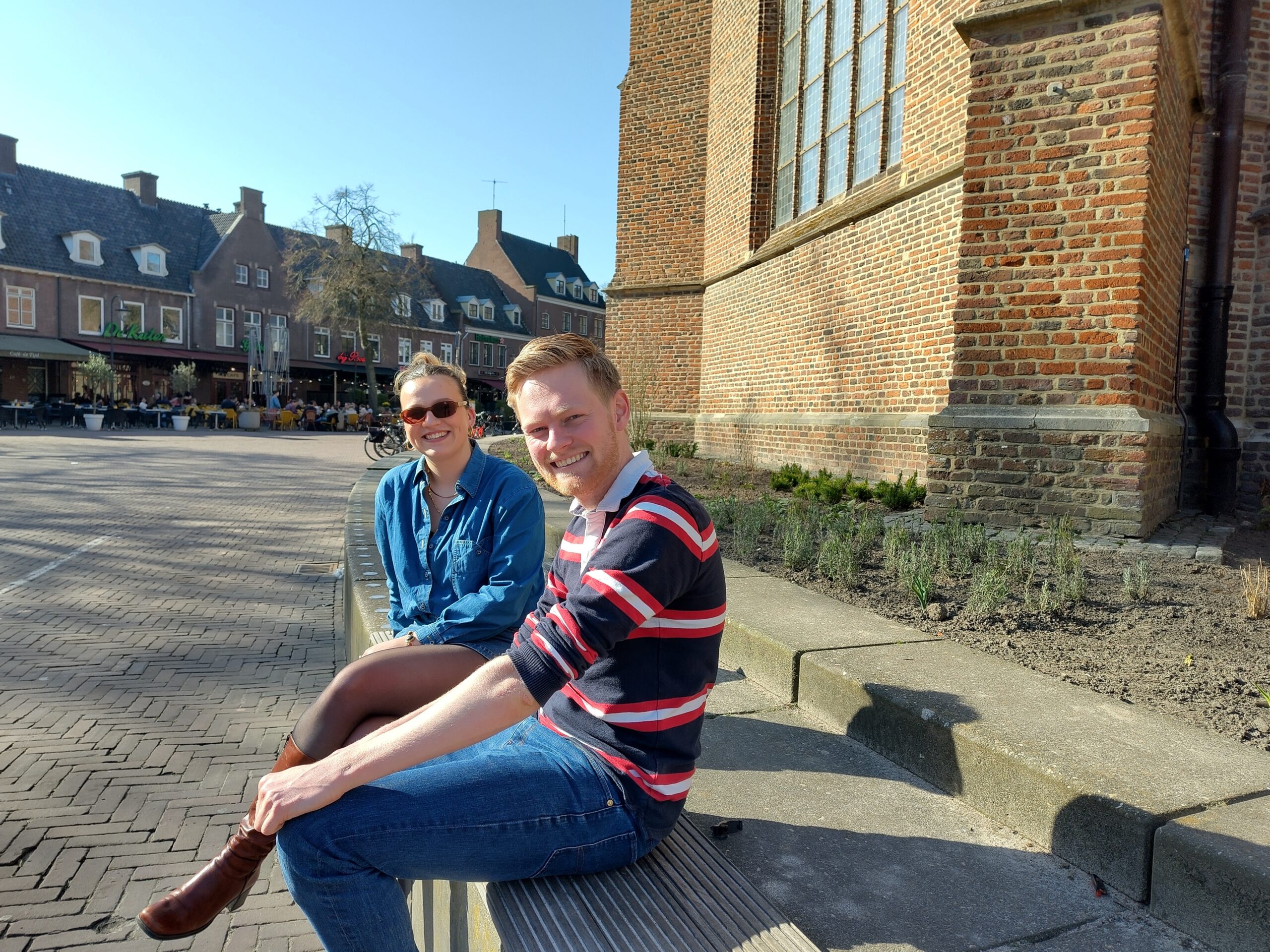Sequencing the onion genome was far from easy, as it is a very large genome: five times the size of that of humans. Thus, the researchers had to place 100,000 bits of DNA in the correct order, says Richard Finkers, plant breeding researcher. ‘Of these 100,000 pieces of the puzzle, 95,000 were blue sky, and only 5,000 were different.’
Now that the sequence has been determined, breeders will be able to accelerate the development of new varieties—for example, onions with increased resistance to drought and fungi. The onion is one of the world’s most-produced vegetables. The Dutch eat some 7 kilos of onions a year on average. To match the global population increase, the production of onions must increase by 800,000 tonnes per year.

 Photo Shutterstock
Photo Shutterstock 

